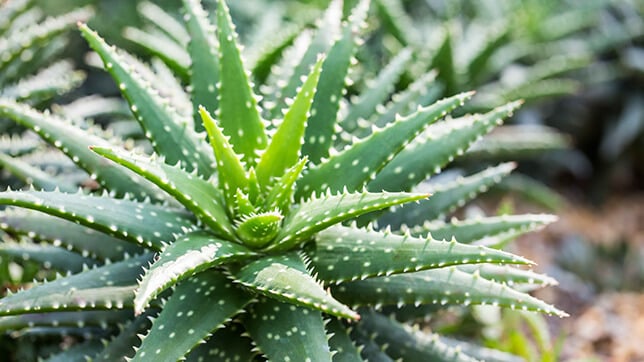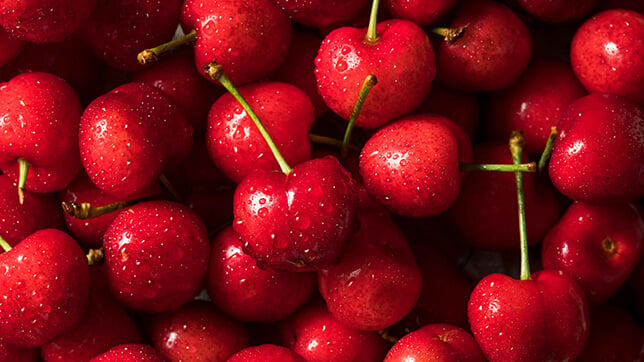30th July 2019
Whatever the season, from the heatwaves of summer, the cooler months of autumn, to the promises of snow in winter and the showers of spring, all sorts of flowers, plants and foliage grow and bloom.
While you might take certain steps to avoid planting any toxic flowers in the garden there are also dangers that you might come across on your daily dog walks.
What flowers are poisonous to dogs?
Daffodils
With at least 25 different daffodils and thousands of hybrids, you’re bound to come across these flowers in Spring, and it’s important to make sure your dog doesn’t get the opportunity to chew it, or the bulb. Daffodils contain alkaloids and glycosides, which are toxic to dogs.
Ragwort
While you don’t usually find this yellow weed in gardens you’ve probably come across it on your dog walks through local fields or parks. Like daffodils, it contains toxic alkaloids.
Lilies
A popular vase filler in houses, lilies are toxic to dogs, some more than others. It’s best not to have these growing in the garden or sitting on the windowsill just to be on the safe side and to avoid any accidental consumption by your dog.

Tulips
A flower that’s popular in spring, tulips contain glycosides which can lead to several health issues in your dog.
Peonies
As beautiful as they may be, the peony plant contains paeonol, which is toxic to dogs and can cause illness if ingested.
Hyacinths
Hyacinths make an appearance in gardens or as potted plants indoors but can cause health issues in both dogs and humans! It’s best to keep your dog away from this flower and its bulbs as they contain toxic calcium oxalate crystals which can cause some serious health issues if ingested but the plant can also cause symptoms if inhaled, too.
What plants are poisonous?
Bracken
While not all ferns pose a risk to dogs, bracken can cause several health issues so make sure these plants are avoided on your walks.
Ivy
Certain toxins in ivy can lead to health issues or skin reactions, depending on the dog’s contact with the plant.

Foxglove
You might come across foxglove on your walk or have it blooming in your garden, whatever the case care should be taken with the trumpet-like blossoms as the entire plant is toxic if ingested.
Potato leaves
Unripe, green and raw potatoes pose a danger to dogs, but a potato plant’s leaves are also toxic, so make sure your dog doesn’t get his gnashers on some potato leaves if you’re a keen gardener or you pass a farmer’s field on a walk.
Aloe Vera
Aloe Vera is a popular plant to have in a house but make sure they’re kept out of your dog’s reach as the plant contains a chemical called saponin which is toxic to both animals and children.

Toxic Trees
Conkers
We all love conkers, a true sign that autumn has well and truly arrived, but they are highly poisonous to dogs if chewed and eaten. This is because conkers contain a chemical called aesculin.
Apple seeds
Apples make great treats while helping keep your dog’s teeth clean but it’s important to remove the core and the seeds before giving it to your dog as they contain a small amount of cyanide.
Cherries
Just like apple seeds, cherry seeds and leaves contain cyanide and can also obstruct the gastrointestinal tract if eaten so cherries are a no go for our canine friends.

Acorns
Acorns contain tannic acid which can cause damage to a dog’s liver and kidneys but just like cherry seeds they can also cause intestinal blockages so keep a close eye on your dog on those autumn walks.
Holly
You might want to avoid using holly as decoration at Christmas as the berries can cause vomiting and diarrhoea in your dog while the leaves may cause some physical damage if eaten.
Which dog breeds are most likely to eat something toxic?
According to our claims data in 2019, Labradors were top of the claims list for eating something toxic. If you own a Lab, this might not come as a surprise to you as it’s well known that they’ll attempt to eat almost everything and anything they see.
Our 2019 claims data shows that the top 5 breeds most likely to eat something poisonous are:
- Labradors
- Cocker Spaniel
- Cockapoo
- Cavalier King Charles Spaniel
- Staffordshire Bull Terrier
We saw a total of 3,854 claims for toxic ingestion in 2019, and with these claims costing £430 on average, it shows just how important it is to keep your dog away from anything that might pose a poisonous threat.
Recognising these dangers and making sure your dog keeps their eager noses away from them might help keep them safe from the toxic flowers, plants and foliage. If you think your dog has eaten something poisonous do not hesitate to contact your vet right away.
Whilst we as owners have the ability to recall and recognise plants dangerous to our dogs’ health, unfortunately they don’t necessarily have the understanding or experience to identify them, which could result in unfortunate mistakes. Dog insurance can help you to cover the cost of veterinary treatment if your puppy gets injured or falls ill, helping you to provide security for your canine pal when they need it most.
More on our dog blog
Read more news articles, opinion pieces, reviews and personal stories behind our dogs on our blog.
Need dog insurance?
Dog insurance can help cover the cost of veterinary treatment if your dog gets injured or falls ill.
We know pets
Our pets are part of the family. To achieve our vision of a better future for pets everywhere, we work with our partners, vets, and other veterinary professionals who are pioneering the latest advancements in animal care. Our campaigns, articles, and events are crafted to support, educate, and celebrate pet owners, while our policies are designed to provide peace of mind at an affordable price.
Yet our policies don’t just protect against the unexpected – they have purpose, too.
Since we were founded over 25 years ago, we've provided industry-leading policies that protect the nation’s pets, while also making a difference to animal welfare and our planet. Thanks to you, our policyholders, we've donated over £9 million to more than 830 animal welfare charities and conservancies, helping to support vulnerable pets and wildlife around the world.
We’re proud to be wildly different. Are you?
